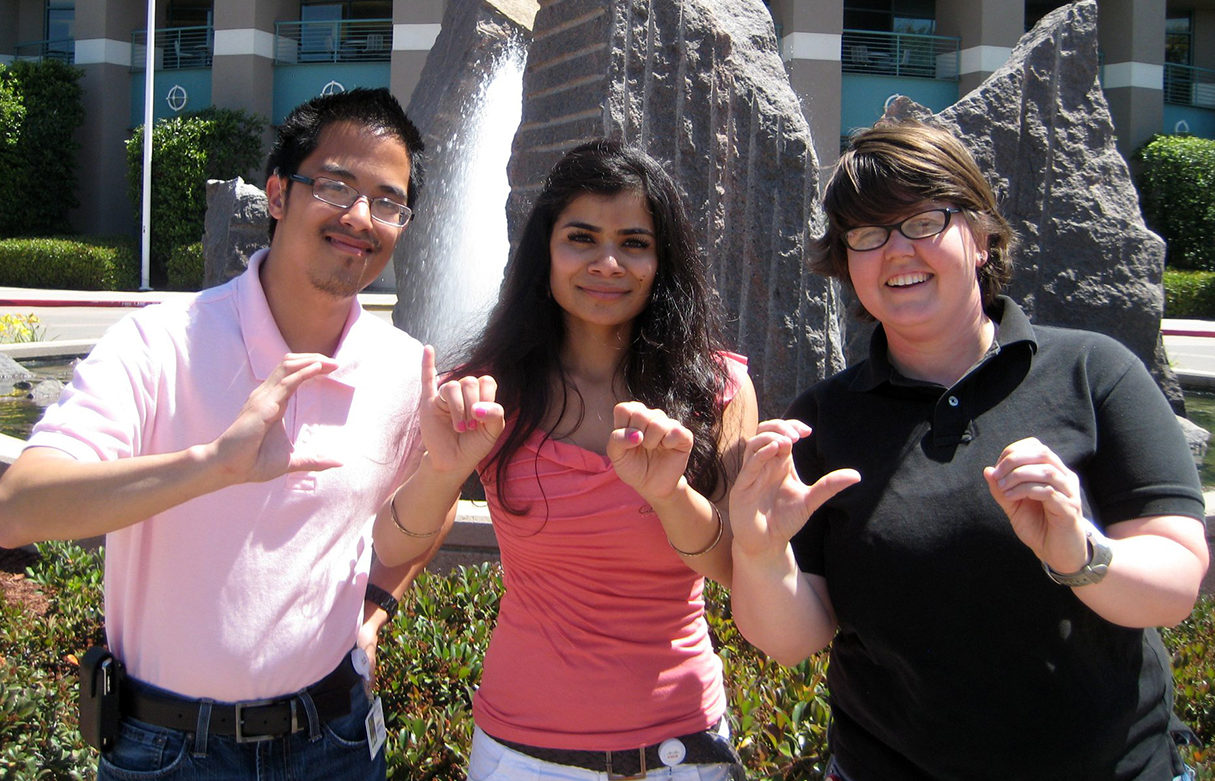From The Institute: How to Become an Intrapreneur at Your Company
By Monica Rozenfeld, IEEE The Institute
Intrapreneurs exhibit the same traits as entrepreneurs: They’re problem-solvers, creative, and risk-takers. But their focus is to develop products and services that will benefit their employer.
That’s why some who have an entrepreneurial bent are turning to intrapreneurship, using the built-in support of financial resources and staff from their company, without the risks of going it alone.
Some employers have established a company culture in which employees are encouraged to innovate beyond their job description during the workday. Other employers require employees to step up and pitch their ideas to upper management to get support. Here are two approaches to pursuing intrapreneurship.
INTRAPRENEURIAL COMPANIES
Facebook, Google, SAP, 3M, and other businesses are implementing a culture that encourages employees to pursue their ideas. Some of the companies offer workers 20 percent of each day to focus on side projects, while others fund and incubate projects.
Barbara Marder, a senior partner at Mercer, says she believes the key ingredient in a company’s success is a culture of innovation.
“It can be an uphill battle for employees to realize their ideas if their company is not open to them,” Marder says. The company presented its model on intrapreneurship at the IEEE WIE International Leadership Conference.
At Mercer, “innovation is everyone’s responsibility,” Marder says. She runs the human resources consulting company’s three innovation hubs, where employees focus on developing new products and services, many of which involve technological applications. All of Mercer’s 22,000 employees operating in 130 countries are encouraged to participate and pitch their ideas, she says. The company helps clients with tasks such as hiring talent, retaining employees, and improving internal processes.
“While we can’t have everyone innovating and not doing their day jobs, we try to take risk off the table for those who want to try out an idea that would help the company,” she says.
There are three stages in developing a new product or service, she says: ideation, product development, and commercialization. “It’s hard to find people equally good at all three stages,” she says. “A startup founder would be responsible for all three. But at Mercer, we form teams of people with various specialties who can work together.”
Not many people can thrive in an unstructured environment like a Mercer innovation hub, she says, even with the support of the company.
“Intrapreneurs must be self-motivated, determined, and fearless,” she says. “They wake up every day unsure what the day will look like—and that’s not for everybody.”
One product launched last year from an innovation hub is Mercer Match, powered by the startup Pymetrics. Job seekers play 12 neuroscience games that uncover their social and emotional traits. Their profile, based on those traits, is matched with appropriate job opportunities.
Another product, launched from Mercer’s EuroPac innovation hub this year, is Adaptive Working, a digital system that allows companies to determine their return on investment when changing their employee structure, such as allowing for more telecommuting or more scheduling flexibility.
TAKING INITIATIVE
Some companies do not have an intrapreneurship program. But that doesn’t stop some employees from taking it upon themselves to innovate. IEEE Member Shraddha Chaplot worked for nine years as a systems engineer at a well-known technology company in Silicon Valley. She spoke about being an intrapreneur at the WIE International Leadership Conference and at IEEE N3XT®, a forum for engineers who are budding entrepreneurs.
Read more on IEEE The Institute here.






